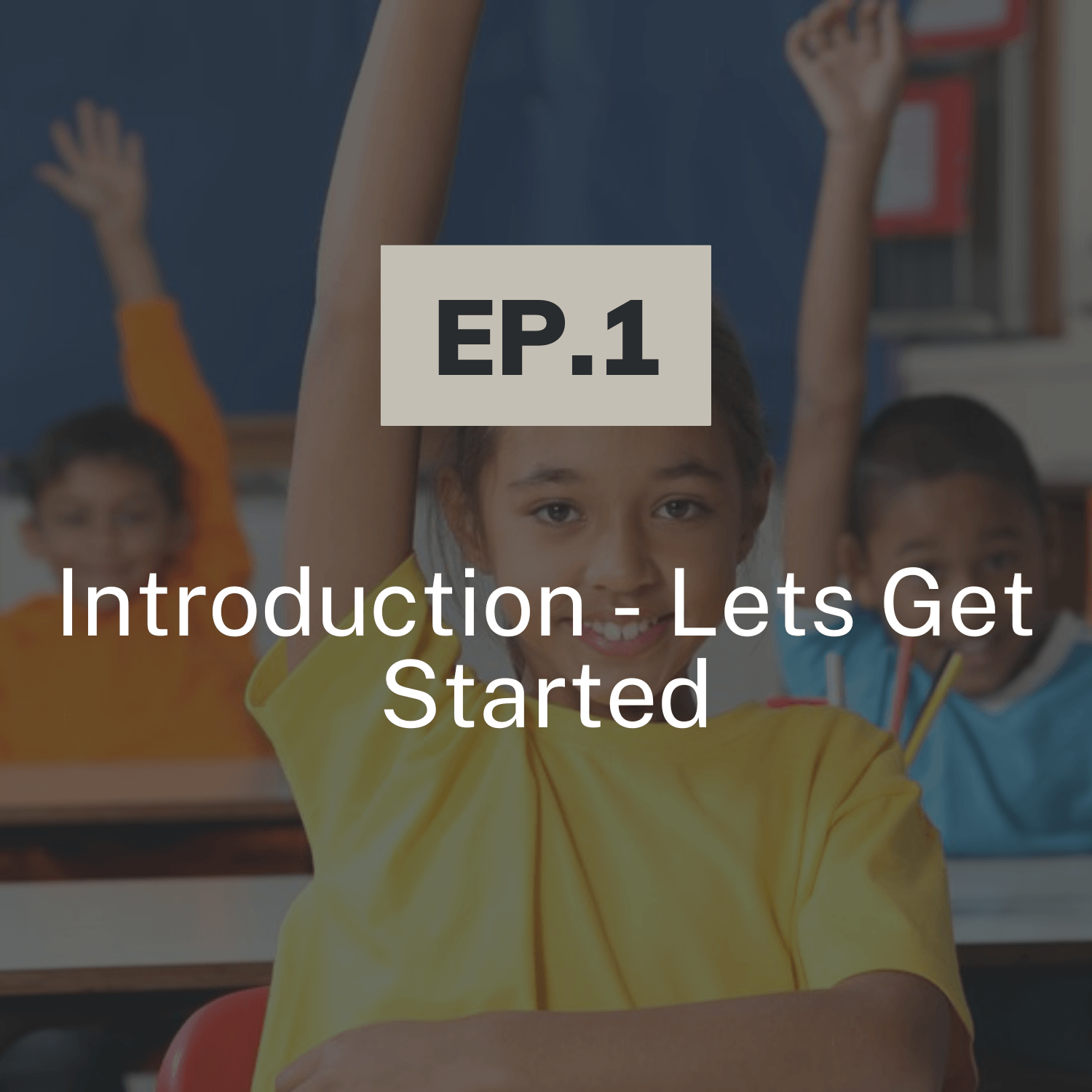Many of us watched the revealing video made by Olivia, a high school student from Toronto. It’s called “Numb,”. It describes what life felt like for a kid who was schooling remotely. If you have three minutes, I encourage you to watch it here before reading my article below:Olivia (Liv) isn’t an unmotivated student. She wins awards and loves going to summer camp, but she’s in anguish over the situation in which she finds herself. She isn’t ready for it. Like millions of other members of Generation Z, she’s stuck at home in front of a computer — in isolation and turmoil. Her situation begs the question:
Why did virtual classrooms struggle?
I believe at least one reason was that students weren’t ready to manage their own learning. While I’m not sure if this was part of Olivia’s dilemma, it definitely was for her counterparts all over North America. It may not be their fault though. Despite the rapid growth of online learning, many students say they still prefer the traditional classroom setting.
In Ontario, 80% of students chose to return to school this fall in person.
Some of the reasons why include:
- Technical Challenges. Online learners are often hindered by glitches in technology.
- Safety. Virtual learners are frequently exposed to the flaws or dangers of the internet.
- Lack of Interaction. Online learners miss out on face-to-face interaction in a class.
- Lack of Motivation. Virtual learning lacks the natural incentives of in-person learning.
- Lack of Accountability. No harm grading extended grace, which we all appreciated at one level, but delayed the learning forward for some.
- Unpreparedness. Remote learners can become distracted since it feels impersonal.
With the addition of in person learning options:
- Quadmester scheduling for high schoolers and
- live remote teacher support.
The schools are working hard to support our children and ultimately, we still face the challenge of continued change and the need to be prepared to continue online.
Who can best to take charge of their learning but the children themselves.
4 Ideas to Inspire Their Learning- Teaching them HOW to take charge
1. Connect their schoolwork to a goal they value
The challenge for many students is they don’t see the relevance of their current courses and can’t connect the dots to where they want to get in life. Teachers must demonstrate how their course actually will be useful in the future. Parents must pose the question to their kids: do you want to make good income as an adult? Do you want to be able to afford a nice place to live, car to drive and food to eat? Finishing your education well accelerates reaching those goals. Better futures usually belong to the entrepreneurs or the educated. Both of these require a person to be a good learner. They will need to practice the self discipline to achieve it. They have experienced that in one of their personal goals-when they dug in and practiced, they improved. Help them connect to a win and the actions they did that brought about those results.
2. Help them find healthy accountability from people they respect
3. Level consequences they care about for failure to follow through
Part of our problem with teaching self-regulation is we remove the consequences for failing to keep agreed-upon commitments. Teachers and parents have too often covered for teens, and those students never learned how life works — that there are benefits to following through on commitments and there are consequences for failing to do so. If we rescue our students from consequences, they won’t mature or learn self-management. Maturity occurs when we pay for what we say and do. As much as I identify with the fact that is the worst to watch our child suffer, we can recognize that the suffering of little mistakes is far easier to watch than the suffering of mistakes in later years that have far greater consequences and suffering. There is nothing that teaches better than the natural consequences of our mistakes. Help them to see a failure as one step on the road to success.
4. Change your leadership style from prescriptive to descriptive
This is critical. Part of the reason students are unready to manage their own lives is that adults (parents and teachers) have prescribed each step of the way for them. We didn’t stop managing it for them even as they grew older. At times, parents do their homework for them. Descriptive leadership means we meet with the student and together describe a desired goal, then allow the student to describe the step he or she must take to teach it. While this process may be new and slow, they’ll learn to own their growth. They’ll practice metacognition, making discoveries just in time not just in case, unlike our usual pedagogies. If kids learn on a need-to-know basis, we must create the need to know.















